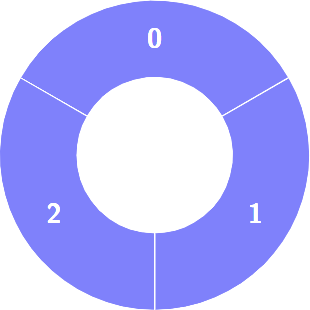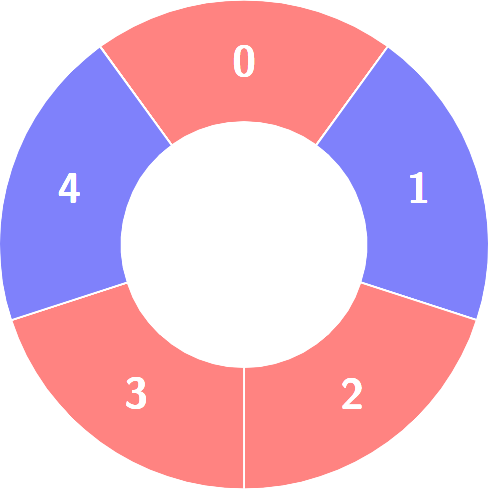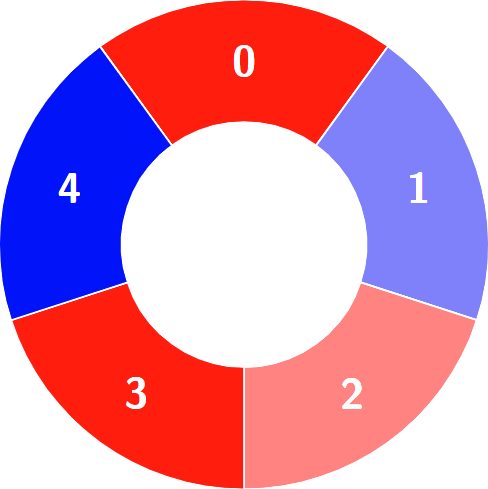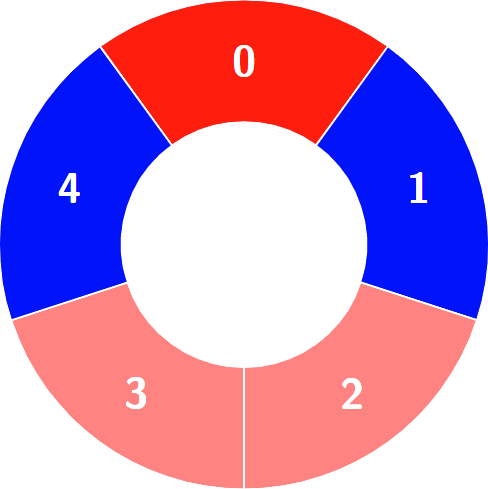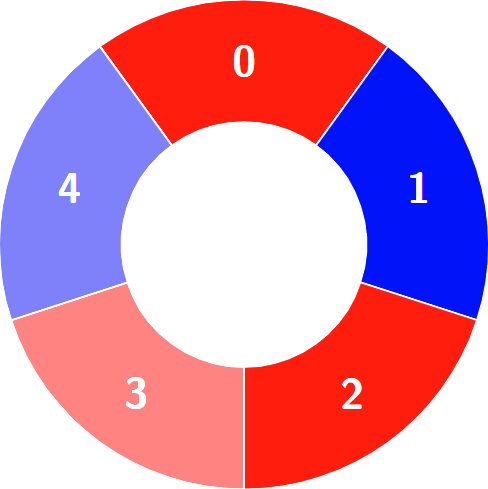Difficulty: easy
Link: https://leetcode.com/problems/alternating-groups-i/
Contains PNG: Yes
PNG Links:
- https://assets.leetcode.com/uploads/2024/05/16/image_2024-05-16_23-53-171.png
- https://assets.leetcode.com/uploads/2024/05/16/image_2024-05-16_23-47-491.png
- https://assets.leetcode.com/uploads/2024/05/16/image_2024-05-16_23-50-441.png
- https://assets.leetcode.com/uploads/2024/05/16/image_2024-05-16_23-48-211.png
- https://assets.leetcode.com/uploads/2024/05/16/image_2024-05-16_23-49-351.png
There is a circle of red and blue tiles. You are given an array of integers colors. The color of tile i is represented by colors[i]:
colors[i] == 0means that tileiis red.colors[i] == 1means that tileiis blue.
Every 3 contiguous tiles in the circle with alternating colors (the middle tile has a different color from its left and right tiles) is called an alternating group.
Return the number of alternating groups.
Note that since colors represents a circle, the first and the last tiles are considered to be next to each other.
Example 1:
Input: colors = [1,1,1]
Output: 0
Explanation:
Example 2:
Input: colors = [0,1,0,0,1]
Output: 3
Explanation:
Alternating groups:
Constraints:
3 <= colors.length <= 1000 <= colors[i] <= 1
- 1. For each tile, check that the previous and the next tile have different colors from that tile or not.
class Solution {
public:
int numberOfAlternatingGroups(vector<int>& colors) {
}
};class Solution {
public int numberOfAlternatingGroups(int[] colors) {
}
}class Solution:
def numberOfAlternatingGroups(self, colors: List[int]) -> int:
